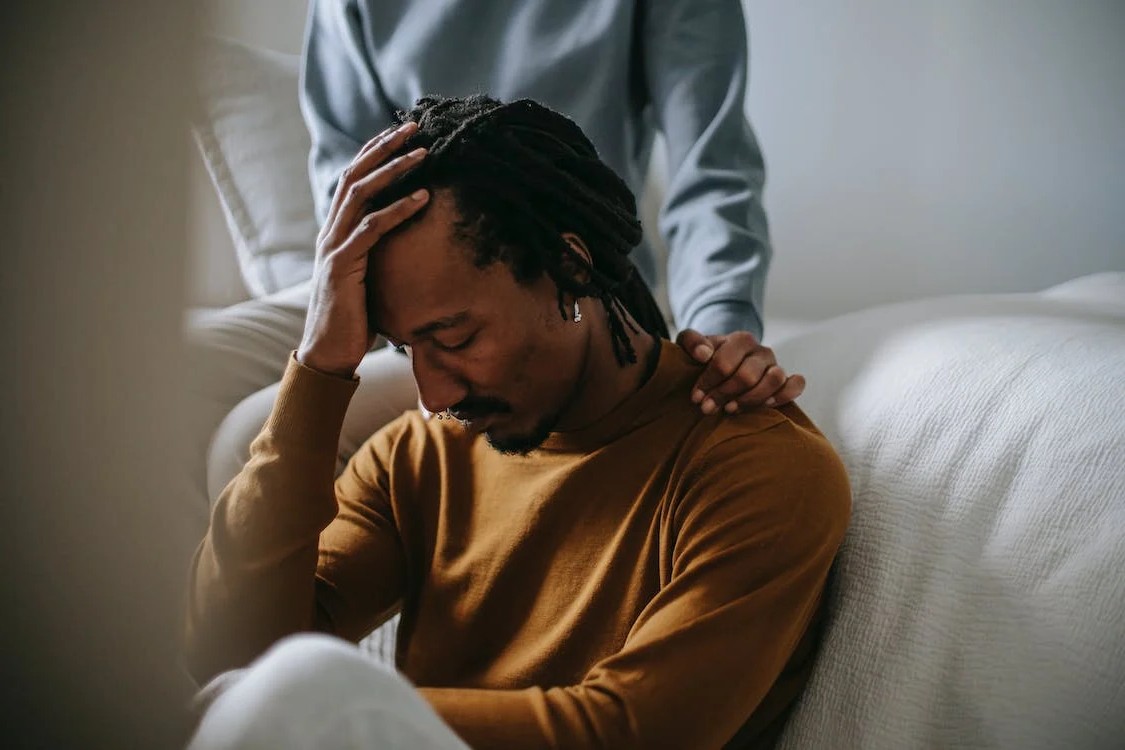Kratom stands out as a divisive landmark as you consider your options for treating your addiction. Originating in the tropical forests of Southeast Asia, Kratom has gained appeal around the world as a pain reliever and potential alternative to opioids. But does this botanical cure really work, or does it only replace one form of dependence with another?
Mitragyna speciosa, more commonly known as kratom, is a tropical tree whose leaves contain substances called alkaloids, including mitragynine and 7–hydroxymitragynine, that interact with opioid receptors in the brain. The results are opioid-like effects without the harmful side effects of synthetic substances. However, it is still possible for your body to grow dependent on these natural substances, leading to a condition eerily similar to opiate addiction.
Perhaps unexpectedly, Kratom is not controlled in South Africa. Therefore, there is a possibility of inconsistent or low-quality products, and their overuse can cause serious problems like nausea, convulsions, and even death. At the same time, it’s critical to recognize that these dangers are frequently connected to large doses and prolonged use.
A cursory examination of Kratom’s advantages indicates that it serves a dual purpose: in small dosages, it acts as a stimulant, boosting one’s concentration and vitality. It has a sedative effect at higher doses, which can help with pain relief and reduce opioid withdrawal symptoms.
These advantages, while significant, are not without drawbacks. Kratom can be helpful, but it has the danger of leading to further substance abuse if used improperly or without supervision.
Kratom – Balancing Benefits and Risks
| Benefits | Risks |
|---|---|
| Pain relief | Potential for addiction |
| Easing opioid withdrawal symptoms | Unregulated, variable product quality |
| Increased focus and energy (at low doses) | Possible severe health effects with misuse |
FAQ
Can I buy Kratom in South Africa?
The use of Kratom is not illegal in South Africa at this time. However, future research and policy shifts could alter its legal standing.

Can I use Kratom to help me get off of opioids?
Some people have reported relief from opioid withdrawal symptoms when using Kratom, however this is not a recommended course of action without first consulting a doctor. Kratom can be addictive, thus it must be used with caution.
Does Kratom have any negative effects?
Nausea, hives, dry mouth, and frequent urination are all possible negative reactions. Consequences of long-term use include thinning hair, sleeplessness, and skin discoloration.
In what ways does Kratom help the human body?
Mitragynine and 7–hydroxymitragynine, two chemicals found in kratom, are opioid receptor agonists. In small doses, it stimulates energy and concentration, while in larger ones, it induces relaxation and alleviates pain.
Is Kratom habit forming?
Addiction to Kratom is possible. Physical dependence develops with continued use, and withdrawal symptoms manifest when use is abruptly halted. Possible symptoms include fatigue, irritation, anger, and muscle pain.
Does Kratom have a lethal dose?
Seizures and respiratory depression are just two of the unpleasant and sometimes life-threatening side effects of Kratom overdose. Seek emergency medical treatment if you or someone you know may have taken too much Kratom.
Does anyone know if there are any pharmacological interactions with Kratom?
Alcohol, prescription pharmaceuticals, and illegal narcotics are just some of the substances with which Kratom can interact. Serious adverse reactions or side effects may be more likely to occur as a result of certain combinations. Never attempt to self-medicate with Kratom; instead, consult a medical professional first.
Is it safe to take Kratom when pregnant?
Kratom’s safety for use during pregnancy is unproven. However, drugs with similar effects as Kratom are known to be dangerous for both the mother and the child. Kratom should not be used during pregnancy; instead, women should speak with their doctors about alternative, safe methods of treating pain and opioid withdrawal.
Kratom is a double-edged sword. For some, it’s a beacon of hope in the dark corners of opioid withdrawal. Yet, the risks cannot be overlooked, as misuse can lead to a new set of chains. If you’re considering Kratom as part of your recovery, remember to do so under the guidance of healthcare professionals. Unchartered waters are best navigated with experienced sailors. Striking a balance is key – don’t exchange one menace for another masked in natural allure.
You, in your struggle with addiction, are facing a significant and personal challenge. Yet, it’s important to remember that the end goal of any treatment should be a healthier, addiction-free life, not the substitution of one addiction for another. As with any tool, Kratom’s effectiveness hinges on its responsible use.
So, as you stand before Kratom’s promise, weigh your options wisely. Each step taken towards recovery is a victory, but let those steps lead you towards lasting freedom, not another cage. Remember, the answer to addiction isn’t found in a leaf or a pill, but in your resolve to reclaim your life. You are stronger than your addiction, and with the right support, you can navigate towards a future of better health and well-being.



